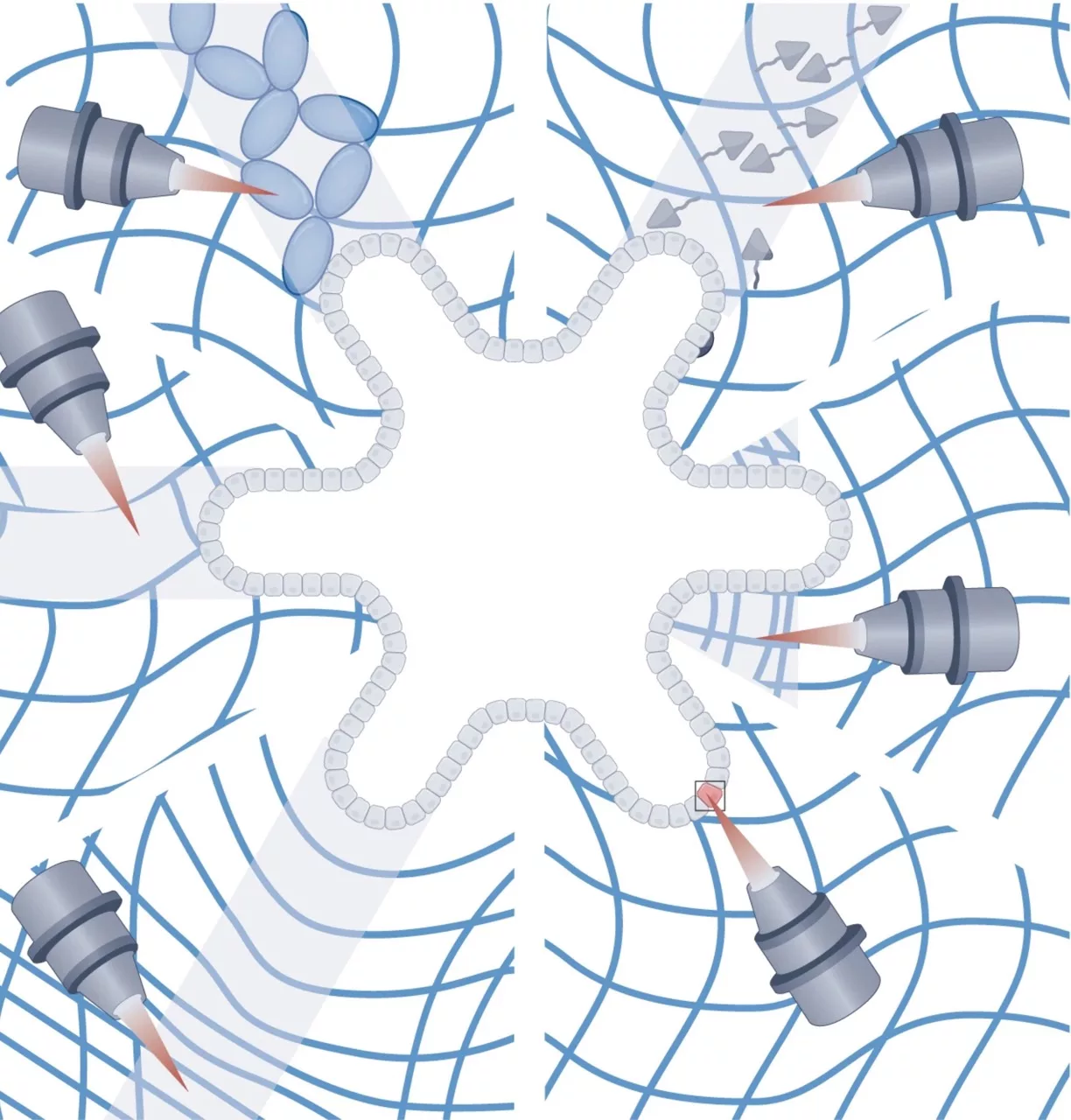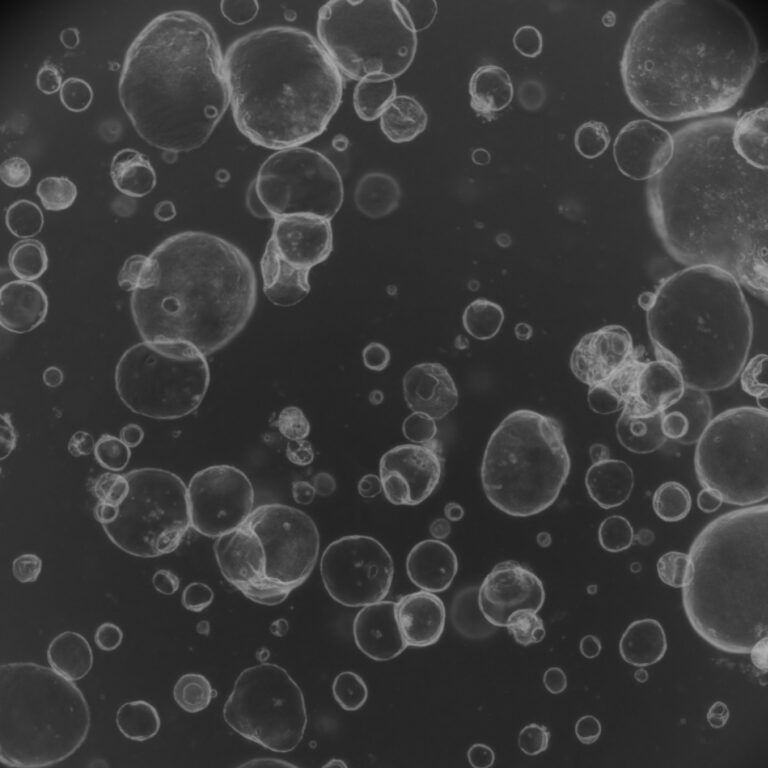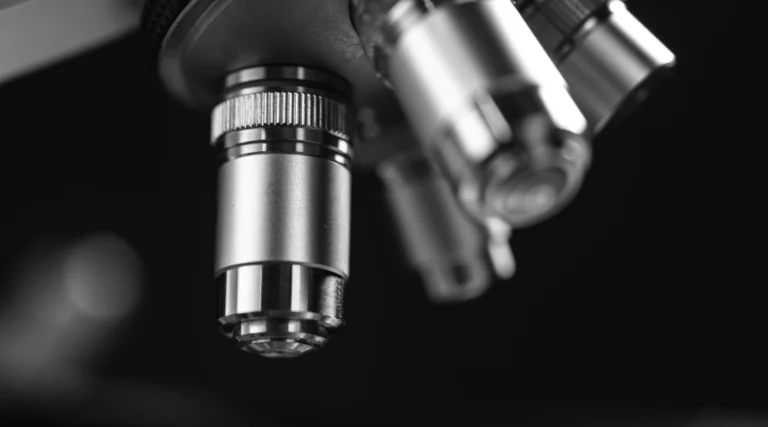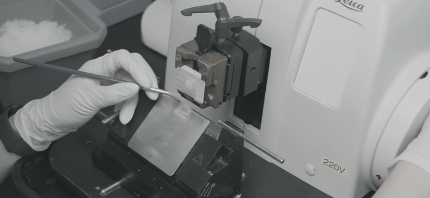Organoids replicate the complex 3D organization of native tissues and exhibit tissue-level functionality. Traditional organoid culture methods use a top-down approach, encapsulating cells in a 3D matrix with predefined biochemical cues, but lack spatiotemporal control. Bottom-up approaches aim to assemble tissue building blocks with defined spatial organization but reduce self-organization capacity. A new framework called “middle-out strategies” combines top-down design of synthetic matrices supporting self-organization with bottom-up modular interventions to control organoid morphogenesis. This approach is expected to advance organoid growth with precise geometries, structures, and functions, enhancing biomimicry and translational applications. Overall, these techniques offer the potential for precise control over the development of organoids, facilitating their use in regenerative medicine and disease modeling.
Keywords: Organoid





